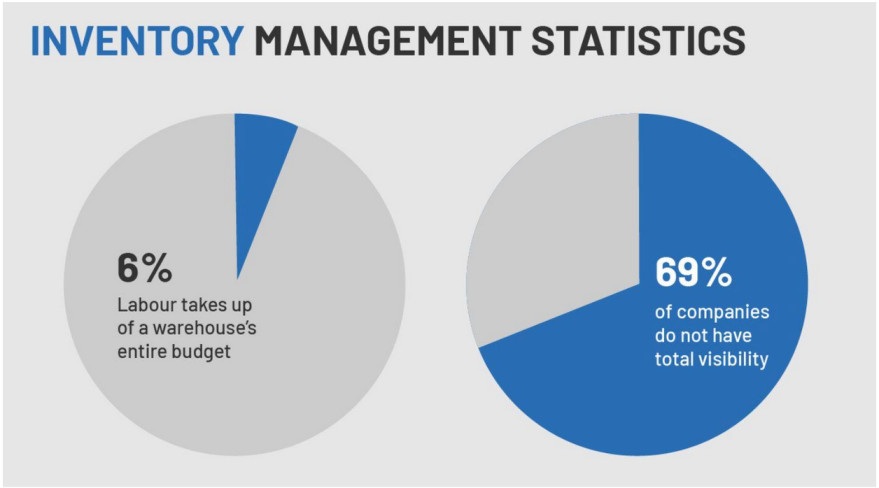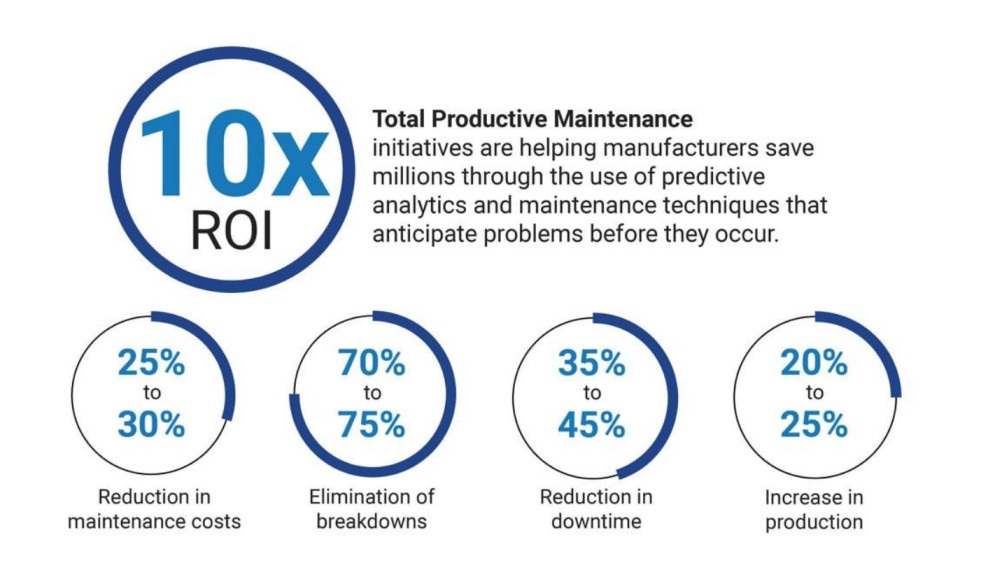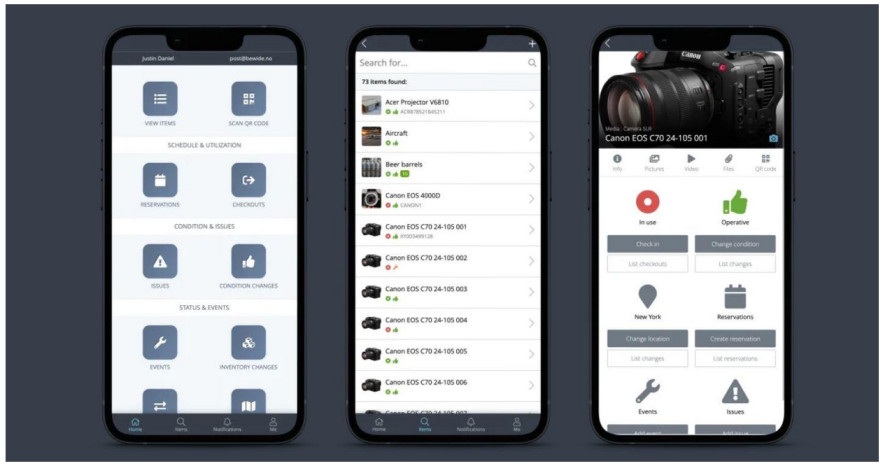Facility Asset Management: A comprehensive Guide To Optimize Your Assets
Facility asset management optimizes physical assets for maximum value and efficiency. This guide explores its key concepts, best practices, and benefits.
In this article:
- Understanding Facility management and Asset Management
- What is Asset Management?
- What is Facility Management?
- Asset Management vs Facility Management
- Facility Asset Management
- Facility Asset Management Examples, Methods and best practices
- Asset Tracking and Management
- Maintenance Planning and Scheduling
- Risk Management
- Performance Monitoring
- Choosing The Best Facility Asset Management Software
- Accurate Asset Data Tracking
- Multi-Criteria Asset Tracking
- Mobile Accessibility
- Cloud-Based Deployment
- Simplify Your Facility Asset Management With Itefy

Running a business smoothly is a complex task that needs intensive planning, dedicated resources, and attention to details. From small fixtures to large production machinery, one has to ensure that everything is working in its optimal condition. Studies reveal that unplanned downtime costs businesses an estimated $ 50 billion per year.
However, advancements in business management technologies can help you overcome this. A facility asset management software can track all tangible and intangible assets within your facility and business and improve their efficiency. Lets see what facility asset management is, its benefits for a business and how to choose the best asset management software.
Understanding Facility management and Asset Management
Facility asset management is a hybrid concept that combines the elements of both asset and facility management. To understand it better, let's take a look at facility and asset management as two different entities.
What is Asset Management?
It is the process of asset life cycle management within a facility or organization in a way that maximizes their value for a business. This may include different activities such as asset identification, risk assessment, maintenance or performance evaluation of different assets. The main purpose of asset management is to ensure that an organization’s assets are always well-maintained and in optimal condition.
What is Facility Management?
Facility management (FM) is a discipline that focuses on the management of buildings, their physical environment and infrastructure. These are different activities including maintenance, security, space planning energy or waste management etc.
The goal of facility management is to create a productive environment for the occupants and minimize operational costs.
Asset Management vs Facility Management
While these two terms are often used interchangeably, asset and facility management are different in many ways. Here is how:
| Feature | Asset Management | Facility Management |
| Focus | Tangible and intangible assets | Physical environment and infrastructure |
| Goals | Maximize asset value, minimize risk, optimize performance | Ensure safe and comfortable facility operations |
| Key Activities | Asset identification, procurement, renewal, disposal | Maintenance, operations, space planning, energy management |
| Scope | Broader: Including all assets within an organization | Narrower: focused on the physical environment of a facility |
The above table highlights that asset management is a broader concept that focuses on the function and utility of particular assets to enhance long-term organizational value. On the other hand, facility management prioritizes the physical environment, ensuring it meets high standards for the people who use it.
Facility Asset Management
Facility asset management is a strategic approach that combines the management of both assets and facilities to optimize their performance and value. This is achieved through different activities such as asset identification, condition assessment, maintenance planning, and performance monitoring.
It takes care of all the physical assets that are important in maintaining the functionality of a facility such as:
- Facility related assets: Building structure, HVAC systems, lighting, elevators, and other physical appliances.
- Employee equipment: Vehicles or mobile devices
- I.T related assets: Computers and laptops, networking equipments or data storage devices
Facility Asset Management Examples, Methods and best practices
To achieve maximum benefits from facility asset management, it is important to understand its key examples and methods. Below are some best practices for you:
Asset Tracking and Management
Businesses often struggle with asset management, particularly in areas like inventory, warehouse, and logistics. Stats show that 69% of companies still do not have a clear visibility of their assets. Manual labor can be costly and time consuming. A facility asset management system offers a solution by providing real-time tracking of all assets, including their location, condition and performance.
This visibility extends to inventory asset management, I.T assets,and facility assets like HVAC, appliances, and energy systems. This comprehensive asset tracking not only keeps a facility functional but also enhances the efficiency and productivity of occupants.

Source: Zhenhub
Maintenance Planning and Scheduling
Timely planning and scheduling ensure that regular equipment maintenance tasks are not overlooked. Industry experts recommend that 80% of maintenance activities should be preventive and only 20 percent reactive. This means businesses should regularly monitor assets and address potential issues even before they arise.
A facility asset management software tracks equipment condition, generates maintenance tickets, sets deadlines and monitors performance to detect issues early and prevent downtime. This proactive approach reduces maintenance costs, increases production, and improves ROI for businesses.

Source: LinkedIn
Risk Management
Research shows that 20% of businesses spent between 20 to 40 percent of their budget on facility management and equipment maintenance. Facility management issues or unexpected equipment breakdowns can disrupt operations and negatively impact production.
For instance, a manufacturing facility experiencing HVAC system failure could lead to uncomfortable working conditions, decreased productivity and potential health risks.
Asset and facility management focus on identifying potential risks, such as breakdown or malfunctions and implement strategies to mitigate them.This approach contributes to business continuity and reduces unexpected costs.
Performance Monitoring
Regular performance monitoring of assets helps identifying areas for improvement, anticipating potential issues, and making informed decisions. Tracking asset performance and collecting real-time data allow organizations to assess the effectiveness of their asset investments and make data-driven decisions regarding maintenance, replacement, and upgrades.
Choosing The Best Facility Asset Management Software
When looking for a facility asset management software, here are some the key features you should choose in a platform:
Accurate Asset Data Tracking
Your chosen software should provide detailed information about asset acquisition, maintenance history, and lifecycle details, including renewal or disposal plans. Another important feature is a robust inventory tracking system. Having real-time details about your inventory levels helps you prevent overstocking and stock outs, which can negatively impact your business.
Multi-Criteria Asset Tracking
To get a comprehensive picture of your assets, the facility asset management system should track at least three essential criteria:
- Asset Type: Categorize assets by type and quantity to identify usage patterns and optimize resource allocation.
- Asset Location: Track the exact location of assets for better deployment and decision making.
- Asset Condition: Monitor the current condition of assets to identify maintenance needs and prevent breakdowns.
Mobile Accessibility
A mobile friendly facilities and asset management software allows you to access data and perform tasks from anywhere with an internet connection. This empowers your team to check out items, resolve issues, and change asset locations on the go.

Source: Itefy
Cloud-Based Deployment
A cloud-based asset management system provides universal access and ensures that your team can access and update information from any location with an internet connection. This creates a culture of team collaboration and transparency in your organization.
Simplify Your Facility Asset Management With Itefy
A facility asset management system centralizes your entire facility and business asset’s information in one platform. It saves your time, helps you team with accurate inventory information and helps you make informed business decisions with real-time insights.
If these features align with your goals, switching to Itefy is a strategic move. Our state-of-the-art tools securely track, organize and , and manage your assets to ensure they're always in optimal condition and readily available when you need them.
Sign up for a 14 days free trial and enjoy all of its best features for free!
Frequently Asked Questions
-
Here are the three key concepts of facility management:
Maintenance: This involves regular upkeep of building systems, equipment and infrastructure for proper functioning and longevity.
Operations: Managing day-to-day activities such as cleaning, security, and waste disposal.
Space planning: Optimizing the use of space within a facility to meet changing business needs. -
AFM stands for asset facility management. It is a comprehensive approach that combines both asset and facility management. AFM focuses on managing physical assets within a facility to help them perform on an optimal level with safety and reliability.
-
physical assets within a facility to maximize their value, efficiency, and lifespan. For example, a hospital might implement an asset management system to track medical equipment such as MRI machines, X-ray units, and ventilators. It is a systematic approach that keeps the assets in optimal condition and supports the facility's operations.
